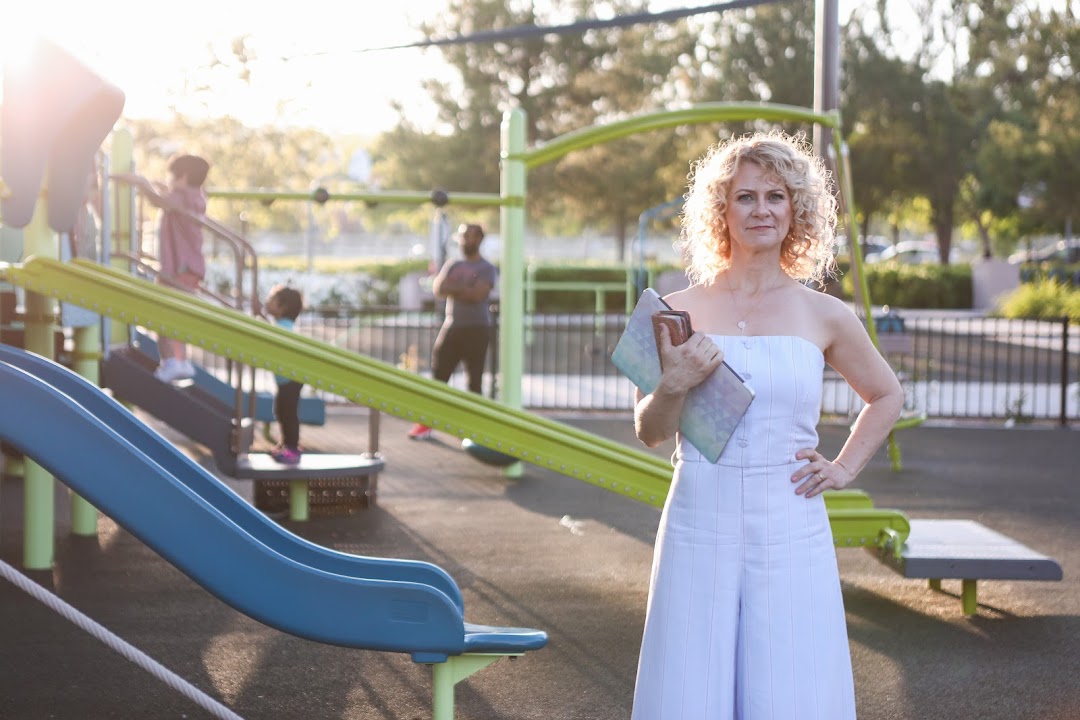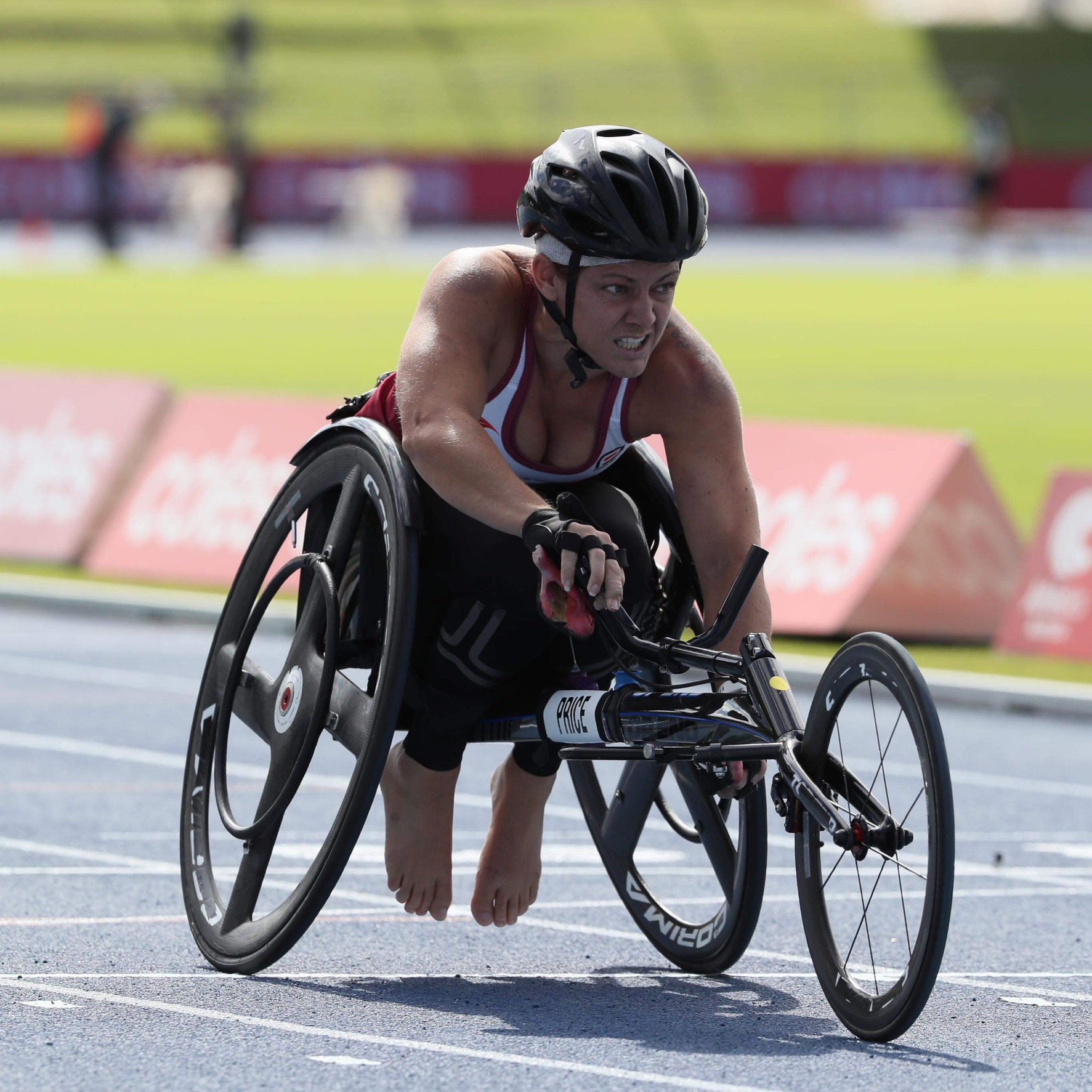LIVING A VERY NORMAL LIFE WITH THALASSAEMIA
“They knew I had thalassemia even before I was born, and they knew it was major,” says Amit Ghelani. But with an effective treatment plan, including regular blood transfusions and routine monitoring, Amit, now 35, lives what he happily describes as a very normal, ordinary life.
Blood transfusions have been a part of Amit’s life for as long as he can remember. Diagnosed with beta thalassaemia major through prenatal screening, he received his first blood transfusion at just four months of age and shortly afterward started on iron chelation therapy to remove the excess iron that can build up as a result of having regular blood transfusions.
Beta thalassaemia is a group of inherited blood disorders characterised by a lack of haemoglobin in the blood – the protein used by red blood cells to carry oxygen around the body. People with beta thalassemia major, the most severe form of the disorder, require regular blood transfusions to replenish their red blood cell supply.
“I don’t make any haemoglobin and the red blood cells that I produce are not very good,” Amit tells This Is MedTech. “Without blood transfusions, I wouldn’t be here. It would be game over.”
Despite the life-saving nature of his treatment, Amit is very matter-of-fact about his condition. “It’s pretty straightforward,” he explains. “I go into hospital for the day every three weeks and have two to three units of blood.” With the available treatment, Amit is able to get on with his life, running a successful photography business in London and finding lots of time for his large, close extended family.
“Beta thalassaemia is not a narrative that sets my whole identity. I go in, I have my blood and I don’t really think about it again,” Amit says. “And I live a very normal, ordinary life. Obviously in childhood, complications can creep up, requiring more blood tests and scans. But as an adult, it is so well managed and I have got such a great medical team. I am also a very involved patient; there is not much about my condition that I don’t know.”
Medical technology has supported Amit throughout his life, from the prenatal screening and early childhood tests and scans, to regular blood tests and annual checks, such as the magnetic resonance imaging (MRI) scans used to monitor the iron concentrations in his tissues to ensure his levels are kept within safe limits. Medical devices are also integral to the availability of blood transfusions, from the in vitro diagnostics used to screen donations to the medical devices used in the collection, processing, storage and transfusion of the blood and blood components.
But Amit is most effusive about the people who take time out of their day to give blood and save lives. “Thank you will never be enough. You don’t know who it is helping or where it is going or why they need it. Yet you continue to do it,” says Amit. “It’s just incredible.”






